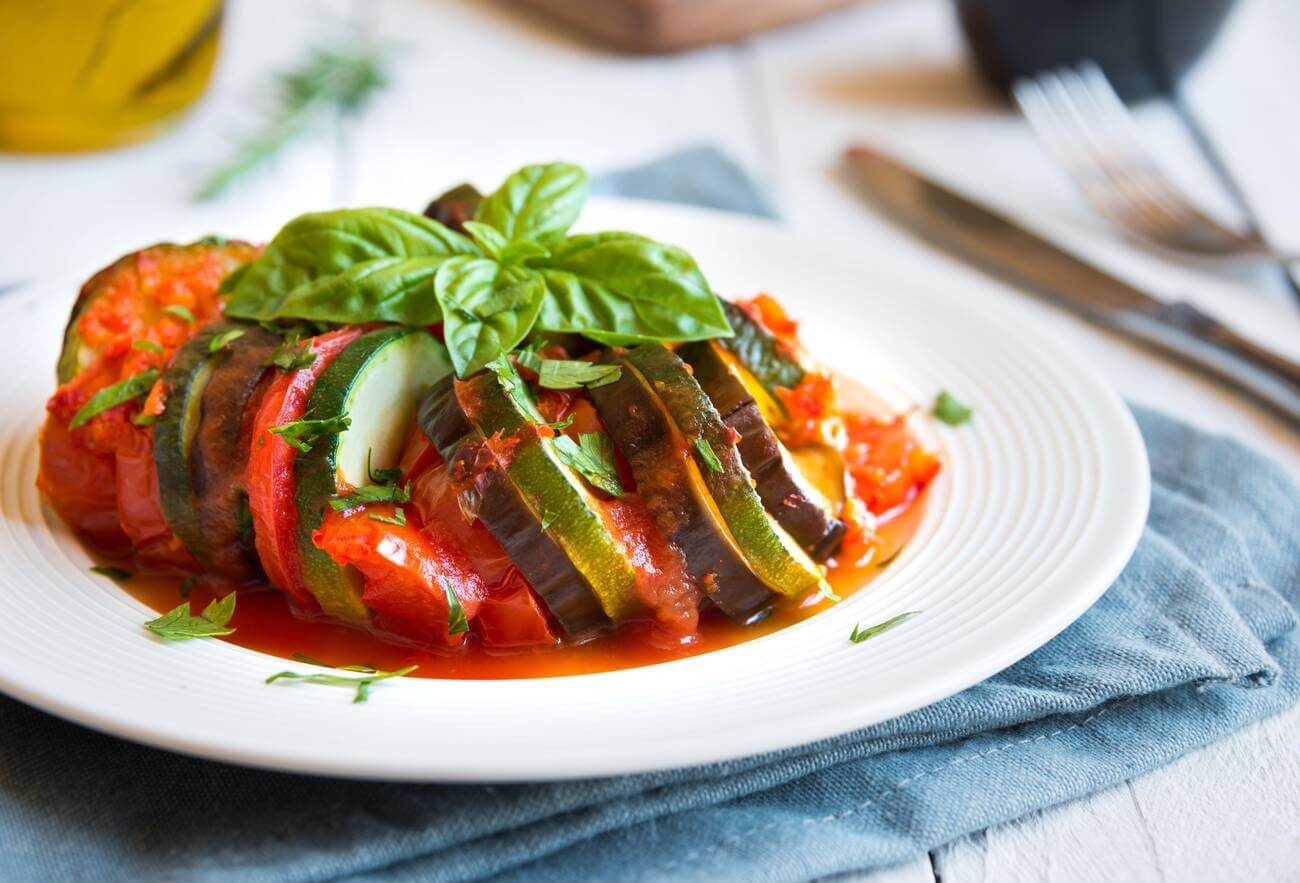You know that familiar green, crunchy veggie that’s always hanging out on your crudité platter or swimming in your chicken noodle soup? Yeah, that’s celery. But have you ever stopped to really think about what does celery taste like?
Sure, we all know it’s not exactly a flavor powerhouse like garlic or onions, but that unassuming green stalk packs more of a punch than you might expect. From a subtle sweetness to a mild bitterness and a slightly salty tang, celery has a surprisingly complex flavor profile that often gets overshadowed by bolder ingredients.
Maybe you’re one of those people who avoids celery at all costs because you think it’s bland and boring. Or perhaps you’re a die-hard celery fan who can’t get enough of that refreshing crunch. Either way, stick around because we’re about to dive deep into the nuances of this underrated veggie. From the scientific compounds that give celery its distinct aroma to the differences between varieties like Pascal and celeriac, we’ll cover it all. You might just gain a newfound appreciation for that humble green stalk after this!
What does celery taste like?
The primary flavors at play when you bite into a crisp celery stalk are:
Salty
There is an unmistakable salty component to celery’s flavor. This savory quality comes from the vegetable’s natural sodium content. It’s not an overpowering saltiness, but just enough to tantalize the taste buds.
Bitter
Celery’s bitterness is quite distinctive—bright, green, and slightly peppery—rather than aggressively sharp or unpleasant. The bitter notes come primarily from antioxidant compounds called phthalides. While detectable, the bitterness is balanced by celery’s other flavors.
Sweet
Providing contrast to the saltiness and bitterness is a thread of mild, refreshing sweetness. Celery’s sweetness isn’t cloying or sugary, but rather a gentler, vegetal sweetness akin to freshly snapped greenbeans or peas. It’s just enough to round out celery’s flavor profile.
What makes celery so unique is the seamless interaction and balance of these three tastes – salty, bitter, and sweet. No single flavor overwhelms, but rather they merge into one distinctive celery essence that is bright, crisp, grassy, and slightly herbaceous.
Factors that affect Celery’s Taste
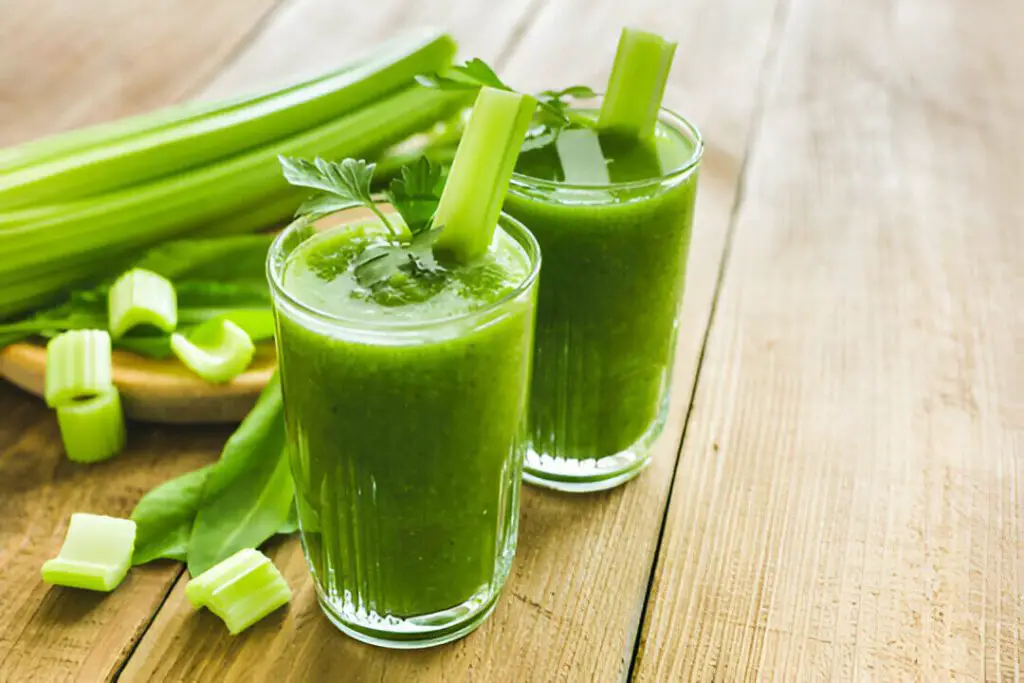
Beyond just the primary tastes, there are other elements that take celery’s flavor complexity to the next level:
Aroma Compounds
While flavor and aroma are distinct senses, they are inextricably linked when it comes to how we perceive taste. Celery contains various aroma compounds like phthalides, which give it that quintessential fresh, slightly herbal scent. These aromatic notes play a big role in enhancing and rounding out celery’s flavor profile.
Texture
The crisp, watery, and fibrous texture of celery impacts how the flavors are experienced. As you bite into a celery stalk, the crunch releases those aromatic compounds while the moistness allows the sweet, salty, and bitter tastes to really shine through on your palate.
Moisture Content
Speaking of moistness, celery’s high water content is pivotal to its fresh, hydrating flavor. If celery was dry and desiccated, those subtle flavor notes would likely be much less pronounced or even taste bitter and unpleasant. The juiciness of celery enhances and elevates its overall taste experience.
Varietal Differences
Pascal Celery
When you picture a bunch of celery at the grocery store, you’re most likely envisioning the Pascal variety. This is the most commonly cultivated type of celery and the one most familiar to consumers.
Appearance
Pascal celery has long, thick, rigid green stalks that are tightly bundled together. The stalks are crunchy with a smooth, striated surface and have a lighter green to pale green color towards the base.
Flavor Profile
In terms of flavor, Pascal celery epitomizes that classic celery taste – mildly salty with nuances of bitterness and sweetness. Its flavor is bright, refreshing and herbaceous without being overpowering. The leaves and darker green outer stalks tend to have a slightly more bitter, intense flavor.
Uses
The crisp texture and light taste of Pascal celery make it extremely versatile for both raw and cooked applications. It’s ideal for snacking, adding crunch to salads, incorporating into soups and stews, using as an aromatic base for cooking, and more.
Celeriac (Celery Root)
While the green stalks are the most recognizable part of celery, the variety known as celeriac highlights the delicious, underutilized celery root. This knobby root veggie has its own unique flavor profile.
Appearance
Celeriac looks quite different from its stalk counterpart. It has a bulbous, lumpy visual resembling a misshapen turnip or gnarled brain. The exterior is rough and dirt-colored, while the interior flesh is ivory-colored.
Flavor Profile
The taste of celeriac is unmistakably celery-like yet also distinctly earthy and nutty. It retains the vegetal, slightly bitter celery notes but with added depth and richness. Some describe celeriac as having a subtle celery-parsley fusion flavor.
Uses
Celeriac is incredibly versatile both raw and cooked. It can be grated into slaws or remoulades, roasted until caramelized, pureed into velvety soups, or used wherever you want a concentrated celery essence. Its sturdy texture holds up well to cooking methods like braising.
Wild Celery
Before celery was cultivated into the vegetable we know today, its ancestral forms grew in the wild across parts of Europe and the Mediterranean. While not commonly found in modern markets, wild celery varieties offer a glimpse into celery’s untamed flavor roots.
Appearance
Wild celery has a much smaller, more delicate stature than its domesticated counterparts. The thin, hollow stems are green to reddish-green in color and the sparse leaves are finely divided. The overall appearance is feathery and herb-like.
Flavor Profile
The taste of wild celery is more intense, concentrated, and distinctly bitter compared to cultivated varieties. It has potent grassy, herbal, and extremely celery-forward flavors with very little sweetness to balance it out. The bitterness comes from high levels of phthalides.
Uses
Given its assertive, bitter taste, wild celery is not as versatile for culinary use. However, it can be used sparingly as an aromatic seasoning or flavoring agent, similar to lovage. The leaves and stems can also be dried and used as an herbal tea or tincture.
Culinary Uses
Soups and Stews
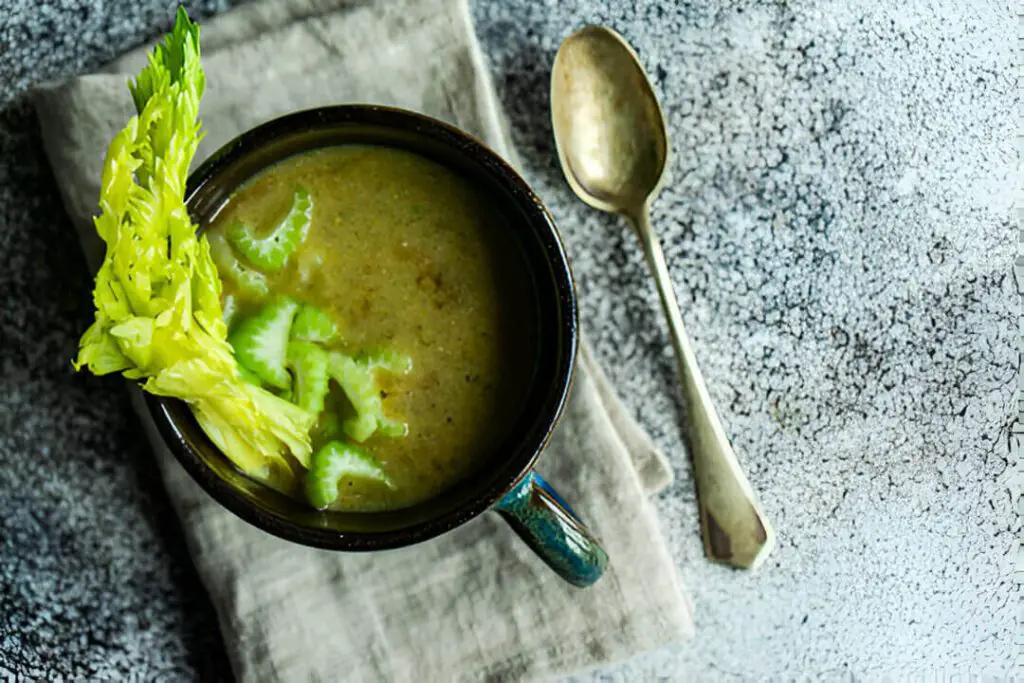
Celery is a staple aromatic vegetable that forms the flavorful base for countless soups and stews across global cuisines. Its distinct taste and aroma work beautifully in brothy liquids.
Chicken Noodle Soup
You can’t have a classic chicken noodle soup without those tender celery chunks adding their refreshing crunch and flavor. Celery’s salt and vegetal notes complement the rich chicken broth.
Vegetable Soup
Whether a hearty minestrone or a simple vegetable soup, celery is an essential addition for its ability to add depth of flavor while letting other veggies shine.
Beef Stew
In bodied beef stews, celery’s robustness allows it to hold its own against the deep, savory meat flavors while contributing its own brightness.
Gumbo and Étouffée
Celery is one of the holy trinity of vegetables (with onions and bell peppers) that make up the aromatic base for many Creole and Cajun dishes like gumbo or étouffée.
Raw Applications
While celery shines in cooked dishes, its crisp texture and fresh, bright flavor also make it an excellent option for raw preparations where its nuances can truly shine.
Crudités
Celery’s classic crunchy stalks are a must for any respectable crudité platter. The mild taste allows it to pair well with rich dips like hummus, ranch, or blue cheese while providing a hydrating, palate-cleansing contrast.
Salads
Both the stalks and the tender leaves work beautifully in green salads, slaws, and remoulades. Celery adds great texture while its herbaceous notes complement vinaigrettes and other dressings.
Snacking
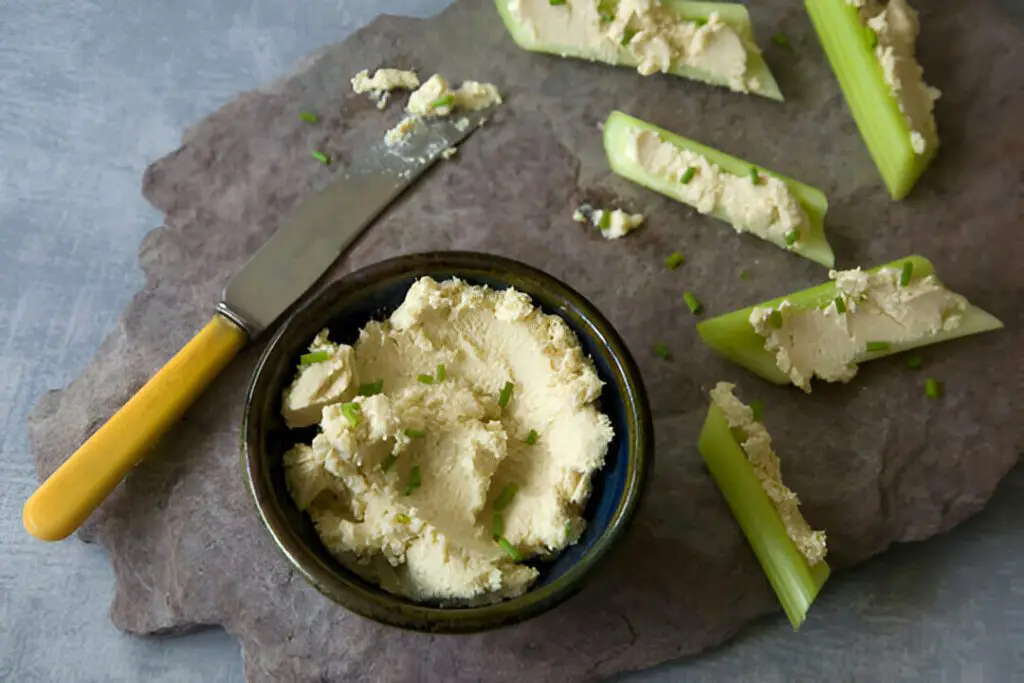
Let’s not forget about good old-fashioned celery with nut butter or cream cheese as a simple, portable snack. The contrasting flavors and textures make for an incredibly satisfying bite.
Beverages
Believe it or not, celery’s fresh taste also lends itself well to juices, smoothies, and cocktails like a Bloody Mary or celery-based martini. Its subtle flavors allow it to blend seamlessly.
Cooked Applications
While excellent raw, celery’s flavors also benefit immensely from cooking methods that concentrate and caramelize its sugars. Applying heat unlocks a deeper, richer celery essence.
Sautéed or Braised
Simply sautéing or braising celery in a bit of broth or wine transforms its taste from bright and grassy to luxuriously soft and savory. The cooking liquid intensifies celery’s flavors.
Soups and Stews (again)
As mentioned before, celery is indispensable in hearty, long-simmered soups and stews where its aromatics have time to fully mingle and concentrate.
Roasted
Roasting celery at high heat results in delicious caramelized notes as the natural sugars concentration and the exterior browns. The core becomes sublimely tender while the edges turn delightfully crisp.
Gratins and Casseroles
Celery’s flavors deepen beautifully when baked into rich gratins or casseroles alongside ingredients like cheese, cream, broth and herbs. It becomes meltingly soft while retaining its essence.
Stuffings and Dressings
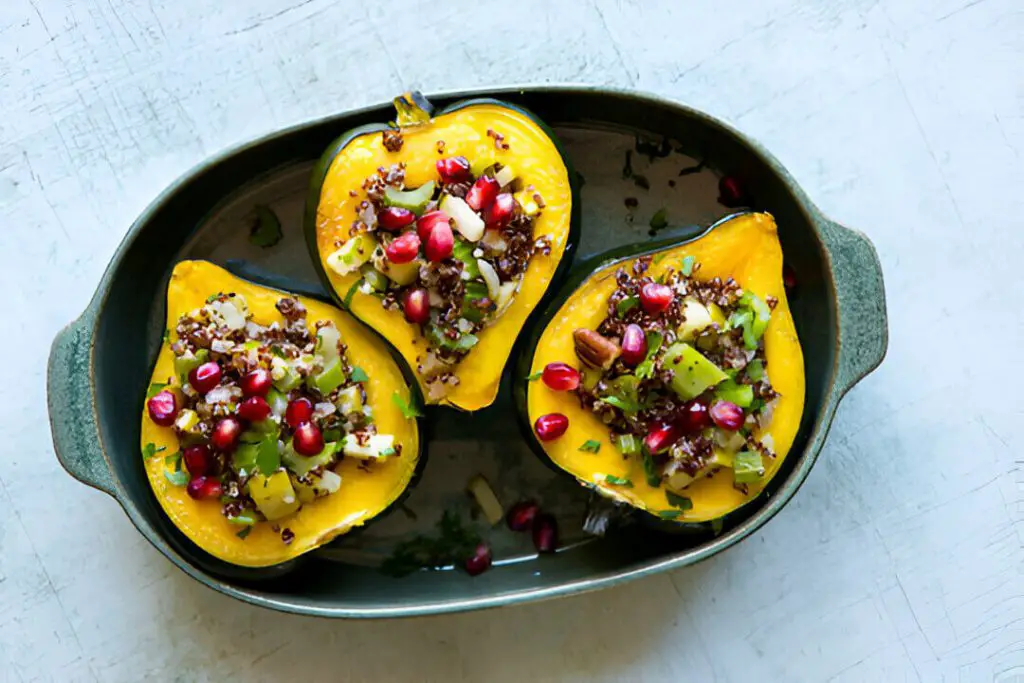
The distinctive taste of celery is a natural complement to Thanksgiving stuffings and dressings, where it marries perfectly with herbs, broth, and aromatics.
Flavor Pairings
Celery’s fresh, versatile flavor profile makes it an excellent team player that pairs well with a wide variety of other ingredients and cuisines:
Herbs and Spices
Celery’s green, vegetal notes complement many herbs like parsley, dill, thyme, and bay leaves. It also goes well with spices such as mustard, black pepper, and celery seed.
Dairy
The richness of dairy like cream, cheese, and butter helps mellow celery’s bitterness while allowing its flavor to persist. Celery is amazing in cream-based soups and baked dishes.
Chicken and Turkey
Celery’s clean flavor is a natural pairing for poultry, complementing the mild taste of chicken and turkey while adding an aromatic element.
Tomatoes
There’s something special about the combination of bright celery with the acid and sweetness of tomatoes, whether in a sauce, soup, or Bloody Mary cocktail.
Nuts and Nut Butters
Crunchy celery with creamy nut butters is a stellar sweet-savory snack, allowing celery’s mild saltiness to shine.
Citrus
A squeeze of lemon or orange can perk up and heighten celery’s freshness in raw and cooked preparations.
Celery’s ability to contribute depth or brightness makes it tremendously versatile for flavoring a wide range of dishes across global cuisines.
Enhancing Celery’s Flavor

Roasting or Caramelizing
Roasting celery in the oven or sautéing it over high heat allows the natural sugars to caramelize, intensifying celery’s flavor.
Using Celery Seeds
Celery seeds pack an incredibly concentrated celery essence. Toast and grind them over dishes to boost celery notes.
Utilizing Celery Leaves
The thin, feathery celery leaves have a more potent celery taste than the stalks. Use them liberally.
Making Celery the Star
Recipes that use large amounts of celery like cream of celery soup or braised celery let its flavor truly shine.
Layering with Complements
Ingredients like parsley, dill, lemon, garlic and chicken or veggie stock amplify celery’s fresh taste.
Minimizing Celery’s Flavor
Removing Strings/Peeling
Taking off the exterior strings and slightly peeling celery stalks can remove some bitter flavors.
Cooking Well
Longer cooking helps dissipate some of celery’s pungent aromas and mellows its flavor into the dish.
Using Less
Cutting back the amount of celery, especially the leaves, used in a recipe can minimize its influence.
Choosing Milder Varieties
Varieties like Pascal celery have a tamer, less intense flavor than wilder heirloom types.
Adding Dairy/Fats
Ingredients like cream, butter or olive oil can help coat and subdue celery’s sometimes bitter edge.
FAQs
How do I store fresh celery?
Wrap fresh celery stalks in aluminum foil, plastic wrap, or a zipper storage bag and refrigerate. The airtight wrapping helps prevent moisture loss. Properly stored, celery can last 1-2 weeks.
What are the nutrition benefits of celery?
Celery is low in calories but provides antioxidants, vitamins K, C, B6, folate and potassium. It’s a good source of dietary fiber as well.
Is celery safe for dogs to eat?
Yes, celery is safe for dogs to eat in moderate portions. The crunchy texture can help clean their teeth, but don’t let them eat too many stringy celery leaves.
How do I get rid of celery’s bitter flavor?
Besides choosing milder varieties, you can reduce bitterness by salting celery for 30 minutes before cooking or adding a pinch of sugar or honey.
Why does celery make my mouth feel fuzzy?
Celery contains naturally occurring compounds called furanocoumerins that can cause a tingling, fuzzy sensation by temporarily desensitizing mouth nerves. This is harmless.
Can you freeze fresh celery?
Yes, you can freeze celery for 8-12 months, though it will soften when thawed. Blanch the stalks first, then drain, dry and freeze in airtight containers.
Is there a celery substitute for recipes?
Suitable substitutes include fennel, bok choy, jicama, cucumber or a combination of onions, carrots and parsley or dill.


